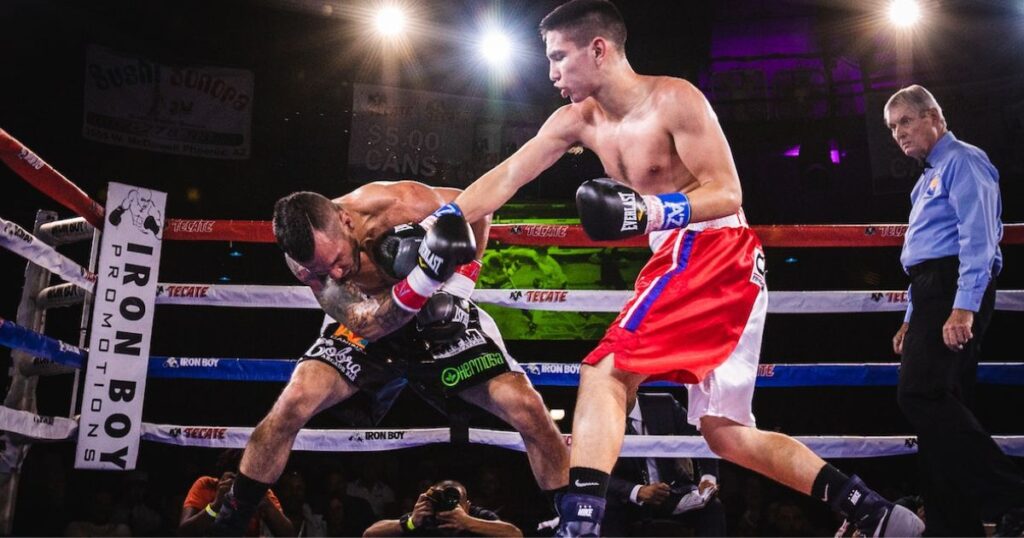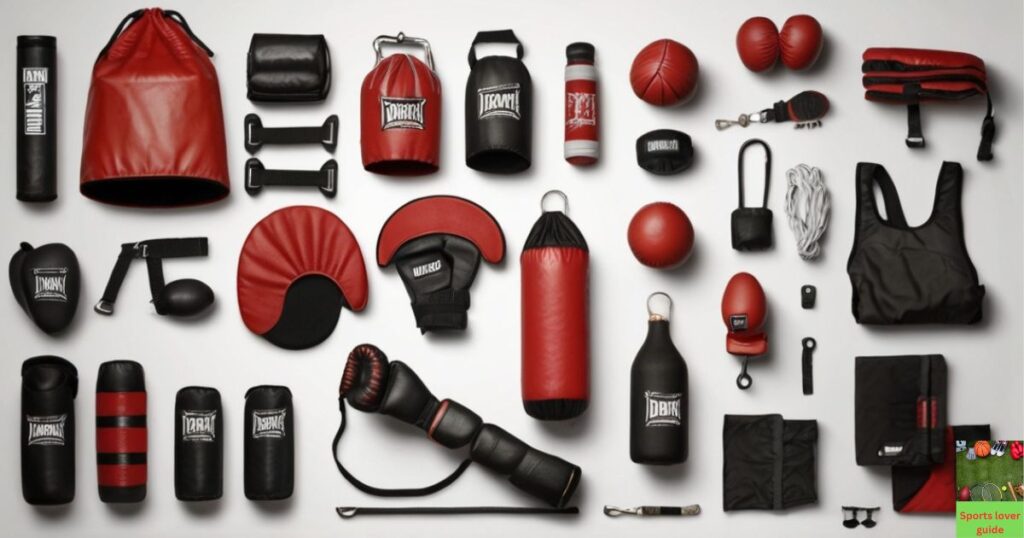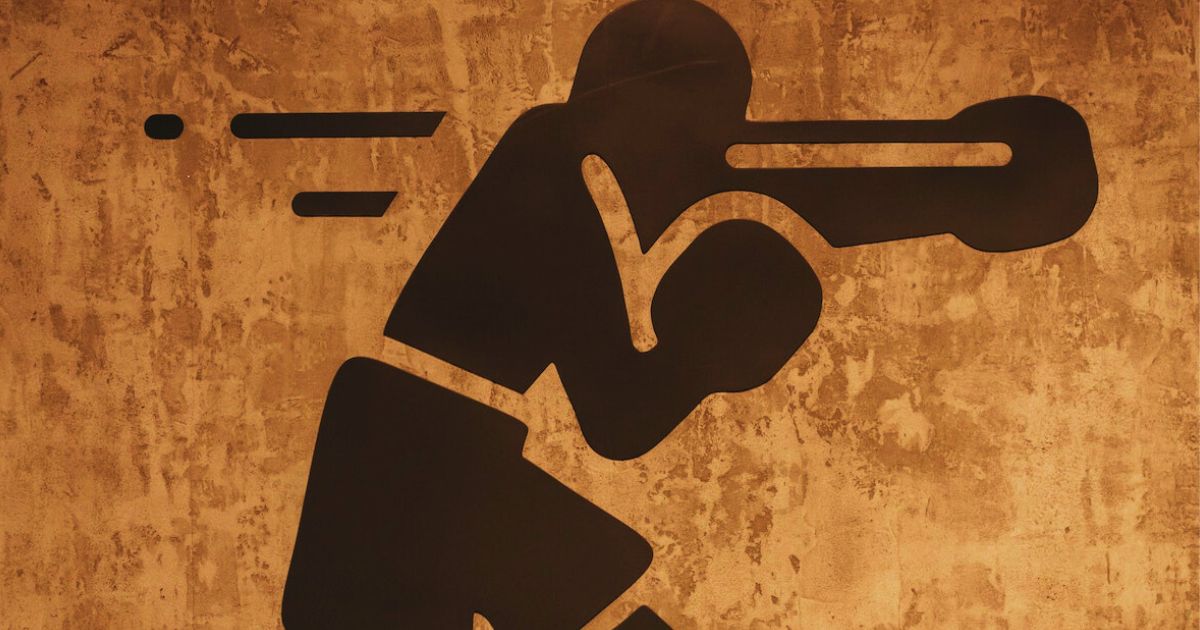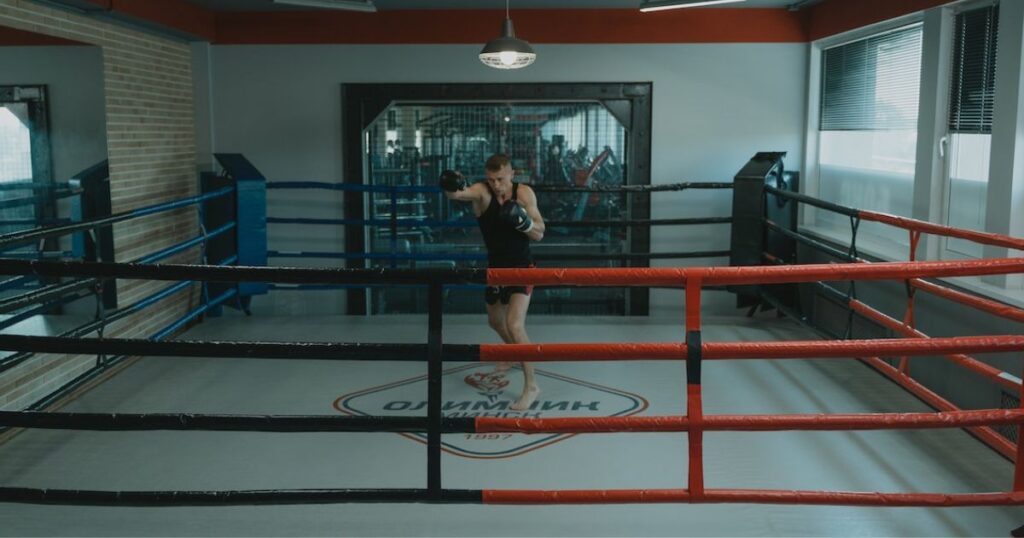Boxing
Boxing is like a thrilling game of label, but instead of chasing each other, players trade punches in a roped square called a ring. It’s a combat sport where two fighters try to score points by landing clean blows on their opponent.
There are two main types of boxing: amateur and professional. Amateur boxing is the “kid-friendly” version. Boxers wear protective headgear, and the goal is to land quick, skillful jabs without causing major damage. Judges award points for each clean punch, and the boxer with the most points at the end wins. It’s all about technique and ability, like a dance of jabs and footwork.
Professional boxing is the “adult league” of the sport. Headgear comes off, fights last longer, and punches can pack a stronger impact. While scoring points is still important, boxers can take more hits, making for potentially more intense matches. The referee keeps a close eye, ready to stop the fight if someone gets hurt too badly.
No matter which type of game you prefer, it’s a demanding sport that takes hard work and dedication. Boxers need to be disciplined, strategic, and physically fit. So next time you see a match, remember the skill and athleticism behind each punch!

What is Boxing?
Two people punch each other in a special circle until someone wins. A judge picks the winner, kind of like a game with points and special moves. Someone is watching to make sure everyone plays fair.
Boxing History
Boxing is super old! We even have pictures from thousands of years ago showing people punching each other. Back then, things were pretty cruel, sometimes even deadly. After a long break, it came back to England, but without gloves! To make things honest and safer, they added rules and even separated fighters by weight. Around the same time, gloves came back, making punches stronger but also more dangerous. So, that’s how we got the game we know today!
Boxing: objective
Two fighters, one in red, and one in blue, battle it out in a boxing ring. It’s like a team sport, but just two players! They follow the rules set by a referee and judges, aiming to knock each other down with punches like jabs and hooks. They’re careful to play fair, and learning the rules and who’s winning now can help you understand this exciting sport!
Check out our related Article
Boxing: A Dynamic Combat Sport with a Rich History and Thrilling Tournaments
Boxing Ring: Design and Playing Environment
Boxing ring a bouncy square with ropes around it, that’s a boxing ring! It’s like a special fighting zone where boxers compete. Here’s a closer look:
Square and raised: The ring is flat and raised off the ground for better visibility. Think of it like a small stage for boxers to show off their moves.
Roped in: Four rows of ropes are tied tightly around the ring to keep the boxers inside the fighting area.
Colored corners: Each corner of the ring is red or blue, which is where the boxers and their teams wait before and after the fight.
Soft floor: For safety, the floor is padded with soft material to protect the boxers from falls and hard landings.
Dimensions Of a Boxing Ring
Boxing rings come in different sizes, but they’re all like bouncy squares with ropes! Here’s a quick breakdown:
- Square size: The fighting area inside the ropes can be anywhere from 16 to 25 feet wide
- Extra space: There’s an extra 2 feet of space outside the ropes for the boxers to move around safely.
- Height: The platform where the boxers fight is usually 3 to 4 feet off the ground, like a small stage.
- Corner posts: The tall poles holding up the ropes are about 5 feet high.
- Ropes: The ropes are thick (about 1 inch) and arranged in 4 rows at different heights, kind of like a mini jungle gym inside the ring.
Remember, the exact size changes depending on the competition, but this gives you a good idea of the ring setup!
Rules of Boxing
The Arena:
Boxers fight in a bouncy square called a ring.
They wear helmets, gloves, mouth guards, and sometimes special gear to protect themselves.
Scoring:
Each round is like a mini-game where the better boxer gets 10 points, the other gets less.
Getting knocked down can change the score.
Fights usually have 3-minute rounds with short breaks, but big fights can go longer.
Winning:
You win by knocking your opponent down and they can’t get up within 10 seconds.
But it’s not just about punches! Hitting low, after the bell, or with your head is not allowed. Holding onto your opponent too much is a no-no too.
Keeping it Fair:
A referee watches the fight and makes sure everyone follows the rules. They can even stop the fight if someone gets hurt.
Three judges watch each round and pick the winner based on who punches better and plays fair.
Different Sizes:
Boxers come in all shapes and sizes, so they fight in groups based on their weight. Each group has its own rules to keep things fair.
These rules are like the lines on a playing field – they make sure everyone has fun and stays safe while showing off their skills! The sport keeps changing to be even better for both the boxers and the fans.
Watch the video
Essential Boxing Equipment for Training
Boxing gloves: Think of these as soft pillows for your punches! They come in different sizes, with 12-16 oz being good for both hitting punching bags and sparring with others.
Hand wraps: These as dressing for your hands and wrists. They provide support and help prevent injuries when you’re throwing punches.
Shoes: Think of these as your sneakers! They’re tight-fitting and light, with thin soles to help you move quickly and stay balanced. They also have good ankle support and let your feet breathe.
Protective gear:
Mouth guard: This protects your teeth and jaw from getting hurt during sparring or competition. It’s like a helmet for your mouth!
Groin guard: This is a protective cup worn by men to shield their groin area.
Headgear (optional): This protects your head and ears, especially when sparring. It’s not always required, but some people prefer the extra safety.
Jump rope: This is a great tool for getting your heart rate up and improving your footwork. Any basic jump rope will work when you’re starting.

Weight Classes in Boxing
Popular Terms in Boxing
Blocking: Blocking punches with your hands, shoulders, or arms like a shield.
Bout: A short boxing match, like mini-games with breaks in between.
Break: The referee says “Stop!” when boxers hold on too tight.
Caution: Referee warns a boxer for not playing fair. Three warnings mean trouble!
Clinch: When boxers hug it out (without the hug).
Down: Knocked down by a punch or falling outside the ring.
Foul: Not playing by the boxing rules.
Hook: A strong, curved punch like a swinging hammer.
In-fighting: Boxing up close and personal.
Jab: A quick, straight punch to poke your opponent.
Knockout: Falling down and not getting up in time, or the referee stopping the fight.
Neutral Corner: The corner of the ring neither boxer belongs to.
Rabbit Punch: Hitting the back of the head or neck (not cool!).
Saved by the Bell: The bell rings just as you’re about to be knocked out, giving you a break.
Standing 8 Count: The referee counts to 8 to see if you can keep fighting after getting hurt.
Uppercut: A punch from below, aiming for your opponent’s chin.
Warning: The referee says “Be careful!” for breaking the rules.
Weaving: Moving your head and body like a snake to dodge punches
Boxing in the USA
1830s: British boxers come to the US looking for competition, bringing boxing with them.
Late 19th Century: President Theodore Roosevelt loves boxing and helps it become popular.
Early 20th Century: Special clubs opened where people pay to watch boxing matches.
Mid-20th Century: It explodes on radio and TV! Stars like Muhammad Ali and movies like “Rocky” make it huge.
1980s: More famous boxers like Sugar Ray Leonard and Mike Tyson keep the buzz going.
1990s: Boxing’s popularity starts to fail and becomes more like a special interest sport.
2000s and beyond: Many athletes and fans move on to newer combat sports like mixed martial arts (MMA).
Boxing has two main variants: Amateur and professional
Amateur Boxing Tournaments
Golden Gloves: A competition organized across different states in the US, leading to a big national championship called the Golden Gloves Tournament of Champions.
Guantes De Oro: Think of this as a big and important tournament held in Mexico called “Gloves of Gold” in Spanish.
USA Boxing: This is a non-profit organization that helps people who want to box in the Olympics style here in the US. They follow the rules set by the International Boxing Association (AIBA).
Professional Boxing Tournaments
- World Boxing Association (WBA): This group holds tournaments to decide who gets the special “WBA champion” belt.
- World Boxing Council (WBC): This is one of the most famous boxing groups, with over 140 countries involved. They give out a fancy championship belt too.
- World Boxing Organization (WBO): Similar to the others, this group organizes fights and awards the “WBO champion” belt.
- International Boxing Federation (IBF): The International Boxing Federation helps young boxers by holding smaller tournaments in different regions, like the US, giving them a chance to climb the field.
Think of them like different schools holding competitions and awarding their titles.
Conclusion
Boxing is a cool fighting sport that’s been around for ages! It used to be more about knocking people out, but now it’s more about scoring points. There are two main types: amateur (think Olympics, clean punches) and professional (more movement and stamina). Both happen in a special ring with rules to keep things fair and safe. Big organizations like the WBA, WBC, WBO, and IBF hold big boxing events and declare champions. If you’re curious about boxing, learning about its history, the rules, and who’s winning now will help you understand this exciting sport even better!

Frequently asked questions about the Boxing
Q What category of sport is boxing?
Ans It is a combat sport where two competitors engage in a fight by throwing punches at each other. While the objective of the game was to deliver the opponent unconscious, the modern scoring system awards points to determine the winner. Amateur and professional are the two main forms
Q Where is boxing played?
Ans The ring is the designated area where boxing matches take place. In its modern form, the ring is a raised platform that is square, with a post positioned at each corner. The ropes, attached to the posts with turnbuckles, form four parallel rows that enclose the ring.
Q What are the benefits of boxing?
Ans There are various benefits, including increased muscle strength, enhanced endurance, and support for maintaining a healthy weight. They also help improve balance, coordination, and overall fitness. Additionally, workouts have positive mental effects, promoting a positive mindset and reducing stress.
Q What is a boxing player called?
Ans It has three main styles: boxer, slugger, and swarmer
Q What are boxing rules?
Ans It has rules for safety and fairness. Matches happen in a square ring with protective gear. Scoring follows a 10-point system, and knockouts end fights. Rounds are three minutes long with breaks. Fouls like low blows are punished. Referees oversee the match and judges score each round. Boxers compete in weight classes. These rules prioritize safety and fairness while delivering an exciting experience for fans.
Q How many moves are in boxing?
Ans It is formed by six basic punches: the jab, cross, lead hook, rear hook, lead uppercut, and rear uppercut.
Q Where is boxing most popular?
Ans The U.S.A. has the maximum number of world champions in history, with a total of 431 champions. This figure is nearly three times greater than the second-ranked country, Mexico.
Q: Who is considered the greatest boxer in history?
Ans Muhammad Ali is often referred to as the GOAT


1 thought on “Boxing: A Dynamic Combat Sport with a Rich History and Thrilling Tournaments”